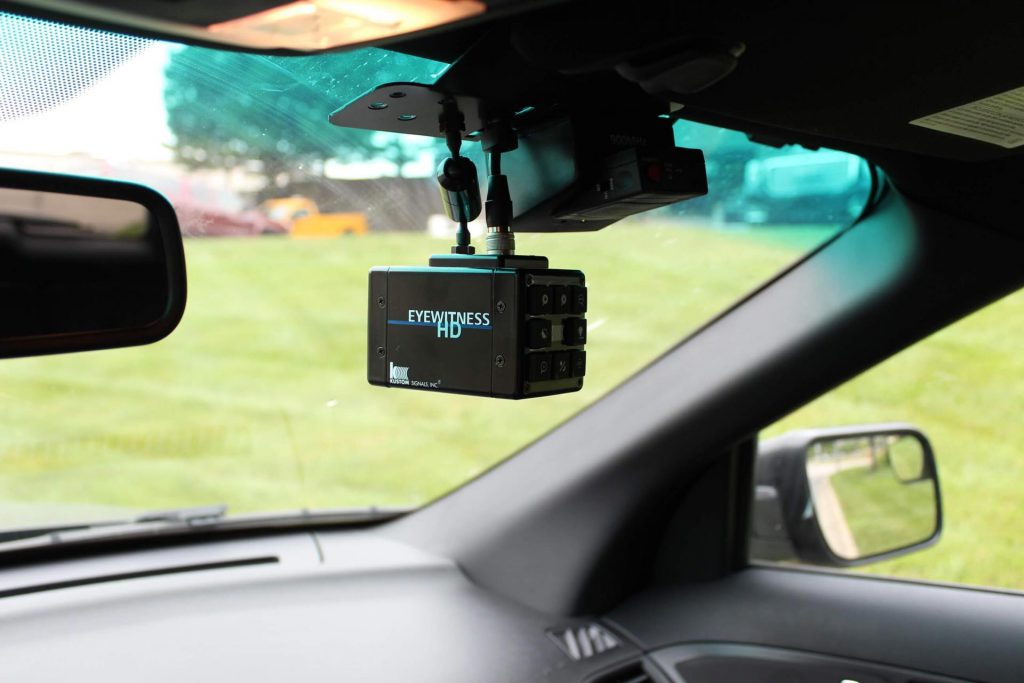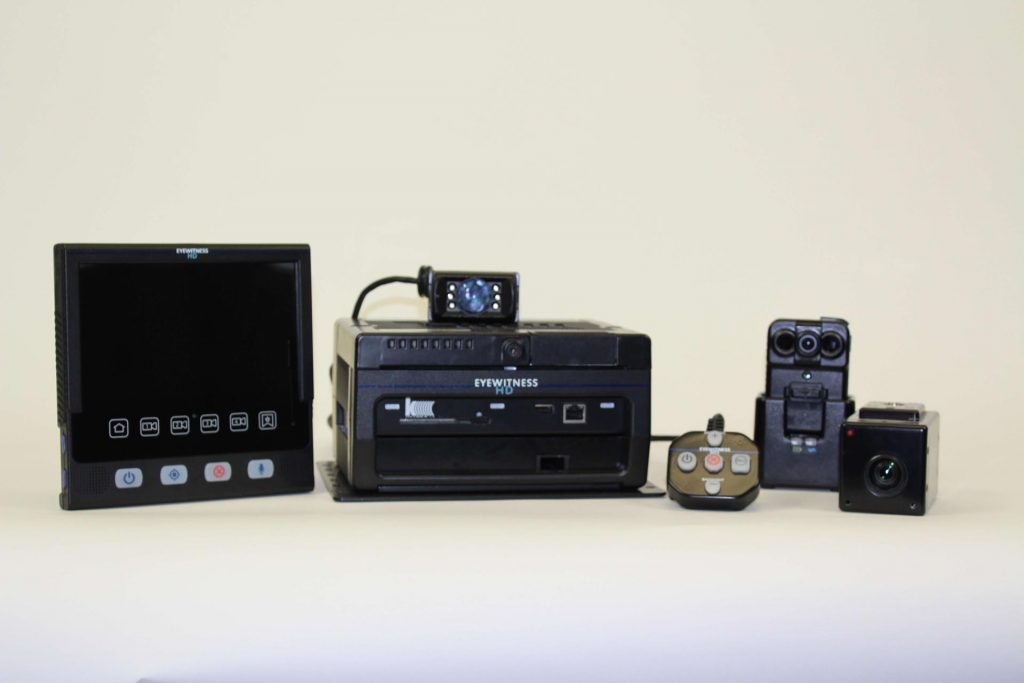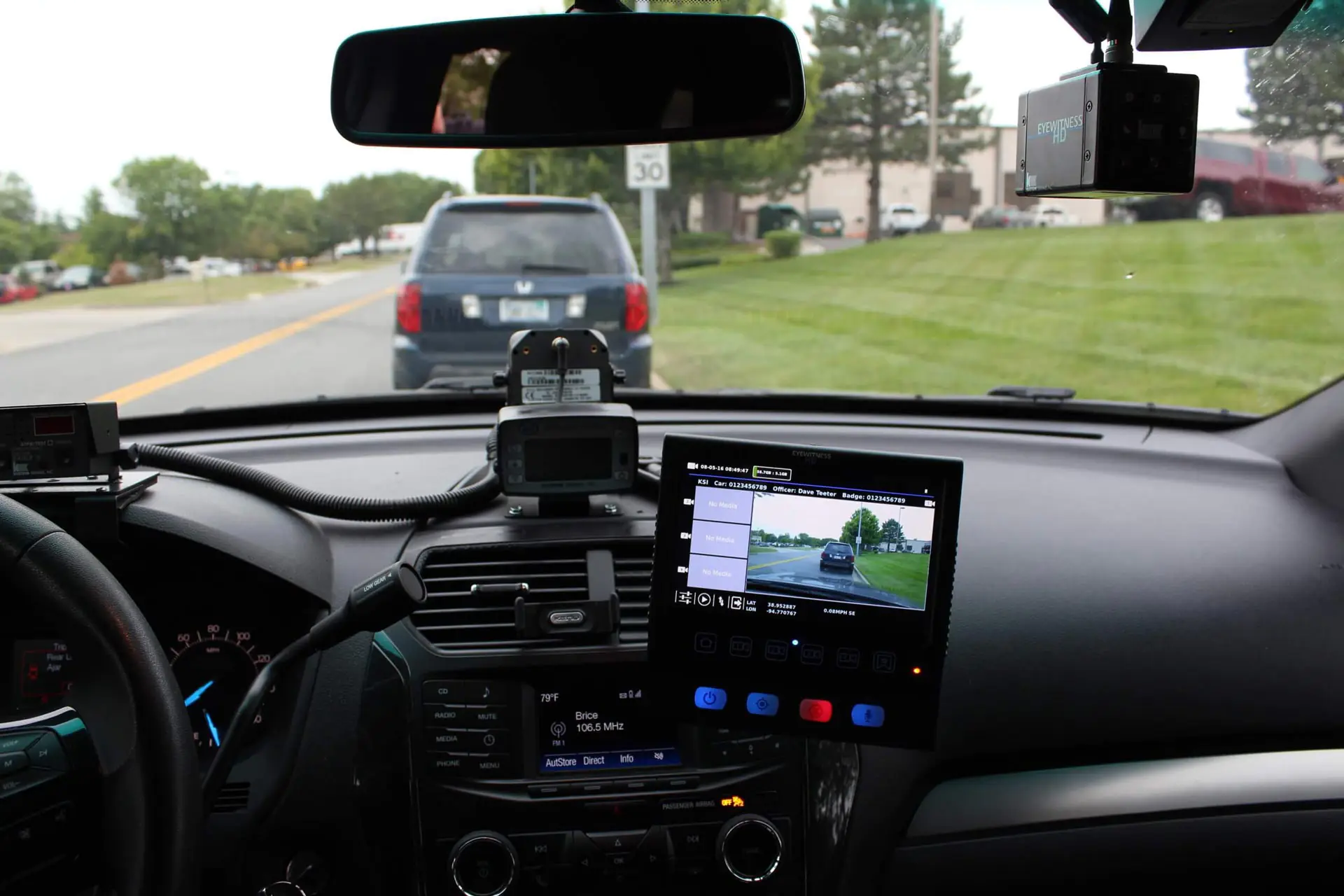Dashcams and body cams have changed the way we think about evidence in police-related and civilian legal incidents. Interestingly, this isn’t the first time emerging technologies have changed judges, lawyers, and juries’ expectations for evidence in court cases. The so-called “CSI effect” appeared in the early to mid-2000s when police procedural dramas brought forensic evidence into the public consciousness. Jurors across the country started to have unrealistically high expectations of DNA or forensic evidence in almost every case. But while the “CSI effect” may have been based on fiction, the emerging expectation concerning footage of disputed evidence is perhaps not so unrealistic and one that police or civilians can fulfill in many cases.
Silent Witness
A clear advantage of having a reliable dashcam mounted in a patrol vehicle is to help validate an officer’s reporting of the incident. People inherently trust evidence that they can see with their own eyes, and nothing is more convincing than reliably captured and stored video footage. It is such a universally understood truth that people will distance themselves from false stories when they know that they were captured on video but are also likely to change their behavior when informed they’re being recorded. Video capture can reduce false accounts and help de-escalate potentially dangerous situations. However, to be truly effective, you need an entire dashcam system that integrates with back-office software for reliable storage and management.
Extra Angles

Generally, body camera use is increasing across the country, but they can’t always catch everything happening during an incident. Officers can’t just stand and film: they have to be mobile and focus on specific things at certain times, which won’t always produce the most precise shot of what is happening. For example, an officer speaking to the driver of the vehicle will probably not be able to capture what is happening on the passenger side of the car with his body cam. Dashcams give another angle on the incident used in conjunction with the body cam footage to give a complete view of the situation. For this reason, dash cams with wide angles, such as those that can capture up to 120 degrees in their field of view, are preferable. Integrated in-car systems that can manage two or three cameras simultaneously for an ever-broader picture are best.
Immediate Review
Officers can use dashcams and body cams to provide a complete view when the dashcam system integrates within-car playback on a tablet or laptop. In that case, officers can immediately review the incident before returning to the station and may catch something they’ve missed, like a suspect trying to hide or dump evidence that they may not have seen at the moment. Immediate playback means that officers can review the incident while the suspects are still present.
Automatic Triggers
All dashcam systems can be turned on and off manually, or an automatic trigger can be implemented. This may happen whenever the officers activate their lights and siren or if the vehicle registers the impact of an accident. An ideal system will continuously record on a loop, even when not triggered. If the trigger never comes, then the footage is automatically replaced. However, it’s retained if initiated, meaning that these types of systems even have footage from before the trigger occurs. So, for example, if an accident triggers the recording, a sound dashcam system will show the 30 seconds or so leading up to the crash and the crash itself.
Insurance
Initially, the main reason for civilians to mount dash cams in their cars was for insurance purposes, and patrol vehicles can take advantage of the same benefit. Any police car that needs to make a claim or has an insurance claim made against it may benefit from clear evidence of the incident. Once again, this functionality is improved by using multiple, wide-angled cameras that can capture impacts from the side and rear, and automatically triggered recordings that can capture incidents without officers thinking of manual recording in the heat of the moment.
Choose The Best Options

Police vehicles with mounted dash cams have multiple benefits, but not all dashcams or dashcam systems are created equal. When choosing a design, departments should look for particular features that they’ll need. These include, but aren’t limited to, multiple camera systems with wide angles, in-car playback, automatic triggers, and integration with reliable back-office software.

